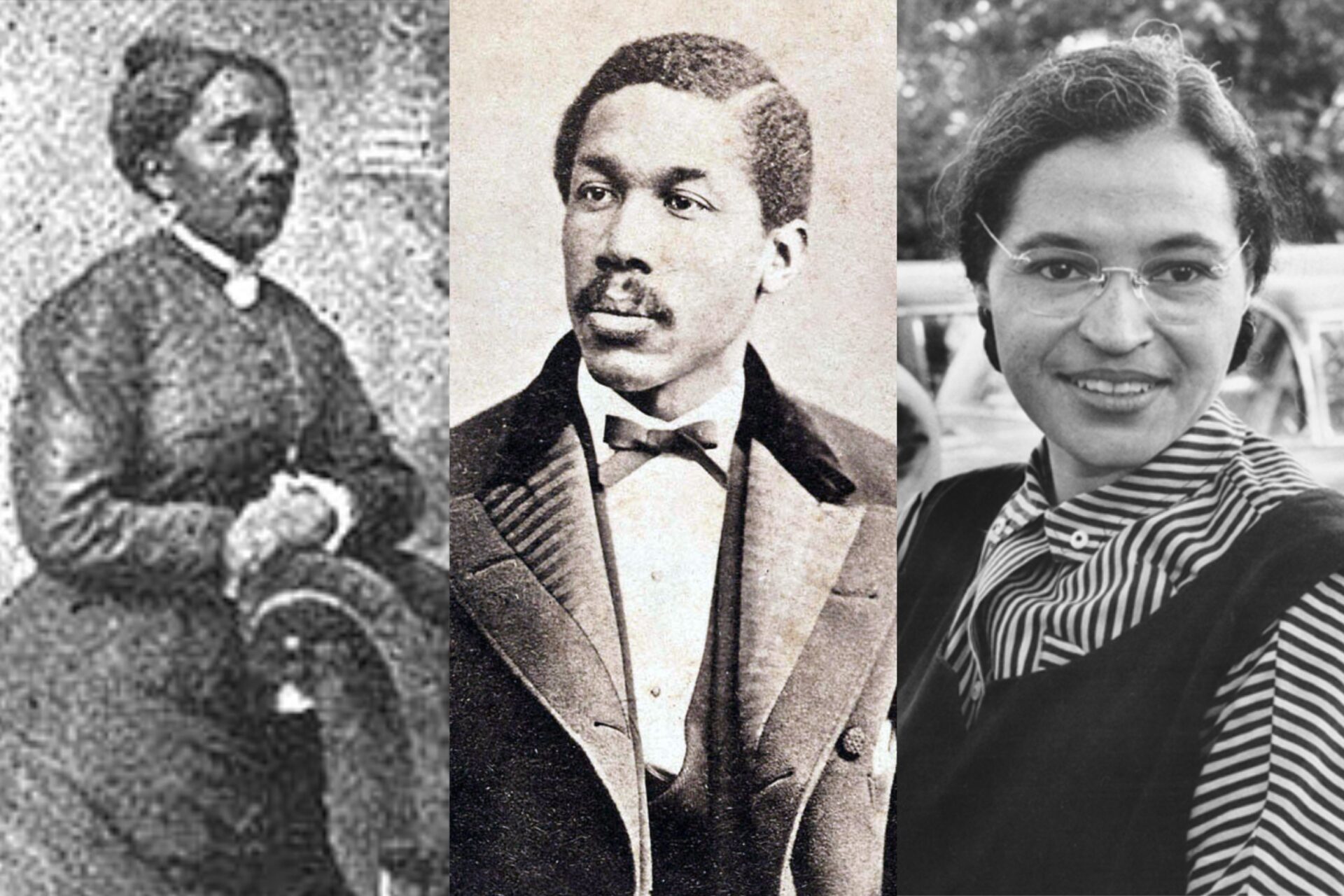
February 12, 2024
SEPTA Honors Black Trailblazers In Public Transportation
Come learn about these pioneers in transportation!
SEPTA honored four Black activists who led the fight to desegregate the public transportation system in America, at a ceremony on Feb. 5.
ABC 6 reported that Elizabeth Jennings Graham, Octavius Catto, Rosa Parks, and John Mott Drew were honored by Philadelphia’s Transportation Authority.
Jennings Graham is notable for challenging New York City’s pre-Civil War policy of segregated street cars. Similar to Parks, she was forcibly expelled from a streetcar because she violated the social rules of the day. Like Parks, Jennings Graham was well connected and was eventually represented in court by Chester A. Arthur, the future 21st President of the United States. In 1855, Jennings Graham won her court case, and by 1860, New York City had a desegregated street car system, thanks to a New York City teacher.
Catto is notable for several reasons, but SEPTA honored him for his work in desegregating Philadelphia’s streetcars. According to the Zinn Education Project, Catto was a teacher, principal and civil rights activist whose work around voting rights and desegregation got him assassinated on Election Day in 1871. In 2017, a memorial dedicated to the memory of Catto was unveiled near Philadelphia’s City Hall. It was the first public sculpture in Philly to honor an individual Black person, and it honors both his work for free elections for Black people and his work desegregating streetcars.
As NPR reported, he also assisted Frederick Douglass in raising all-Black regiments of soldiers during the Civil War. According to Dan Biddle, one of the authors of the book Tasting Freedom: Octavius Catto and the Battle for Equality in Civil War America, Catto either pioneered or was one of the first to adopt mass disruption tactics similar to those used in Black Lives Matter protests of today. As Biddle told NPR, “While we can find very few instances of civil disobedience prior to that, somewhere Catto figured out that was the way to do it. And we believe what he did is organized pregnant women, he organized college students, to simply go on the street cars en masse.”
Rosa Parks is best known for assisting in the Montgomery Bus Boycott by allowing herself to be arrested for protesting the city’s segregated busing system. However, as History reports, Claudette Colvin, a 15-year-old at the time, did it nine months before Parks did. Colvin had just learned about Sojourner Truth in school and credited her action with that knowledge.
“It felt like Sojourner Truth was on one side pushing me down, and Harriet Tubman was on the other side of me pushing me down. I couldn’t get up.”
But due to fears that Colvin’s dark skin and teenage pregnancy could hurt the chances of a civil rights case, civil rights leaders in Montgomery declined to allow Colvin to be the public face of the lawsuit, Browder v. Gayle, that would eventually desegregate the Montgomery busing system. As the Rosa Parks Biography website details, Parks would lead fundraising efforts for Colvin’s local case and eventually became fed up with asking the white folks who ran Montgomery for help desegregating city buses.
“I had decided I would not go anywhere with a piece of paper in my hand asking white folks for any favors.”
Colvin said that Parks was the only civil rights figure in Montgomery who appeared to care about her, and the civil rights icon even made the teen secretary of the NAACP Youth Council.
Mott Drew was one of the most well-known Black businessmen of his day; according to Darby History, he owned and operated a very successful icehouse. Upon discovering many Black women employed as domestic workers could not reach their homes of employment in a timely fashion, or even at all, Drew created the John M. Drew Bus line. The bus line created by Drew was a jitney service whose routes were later absorbed into the Red Arrow Lines and, eventually, SEPTA itself.
According to Darby History, it is speculated that the license issued to Drew in 1918 by the Pennsylvania Public Service Commission was the first license ever issued by the commission. Drew also later purchased the Darby Hilldales, a Negro League baseball team, in 1929. Drew was already connected with the team because his trolley service made it easier for Black baseball fans to get directly to Hilldale Park. Drew’s tenure as owner of the Hilldales was marked by financial failures, due in large part to the Great Depression and also his refusal to work with white businessmen, despite the success of the team on the field.
As SEPTA customer experience manager Faith Boose told CBS News, “This is extremely important for us not to forget not just Black history, but American history in general. We don’t ever want to take for granted the transit equity to ride on transit.”
“And then to actually, once we’re there, not to be told to move because of the color of our skin. The criteria was they need to be aligned with transportation,” Boose continued. “And we wanted to look at where did the activity of being a trailblazer start from.”